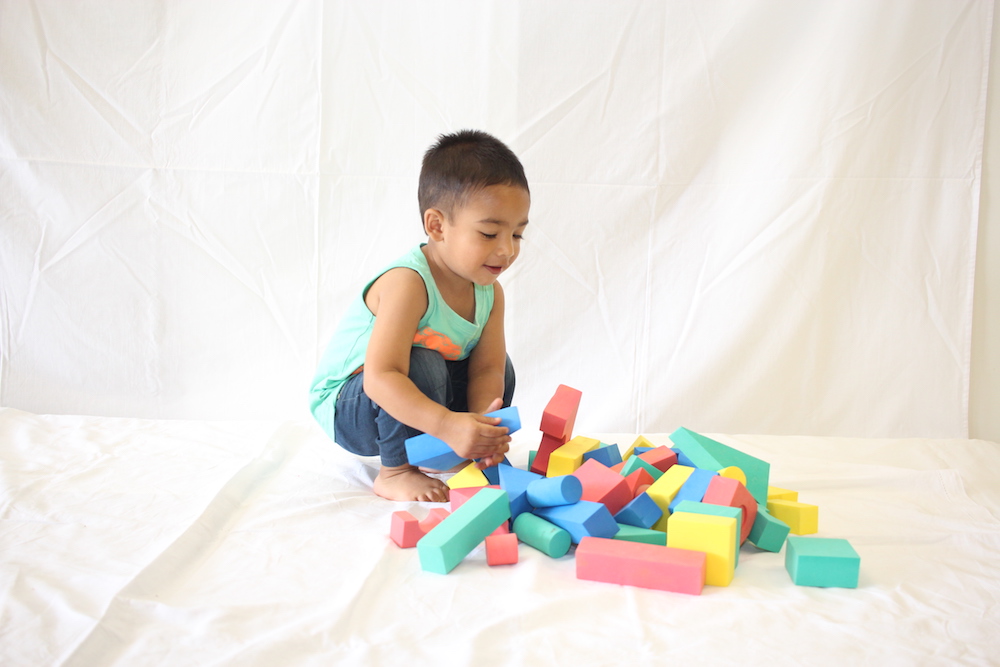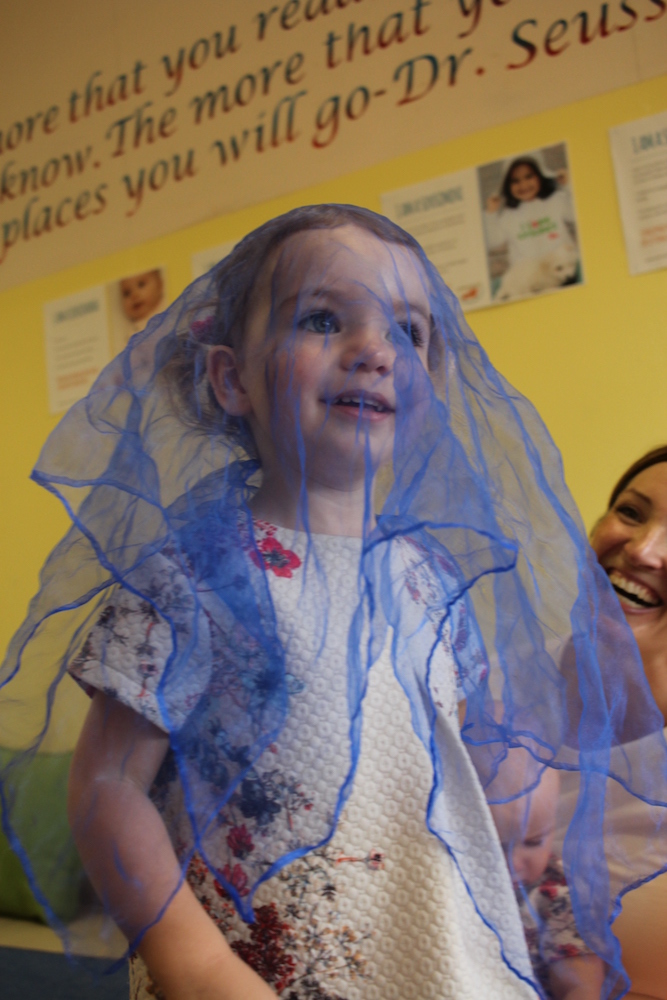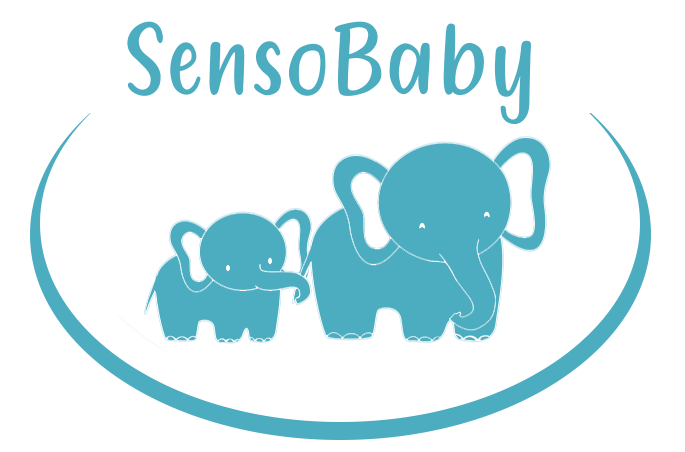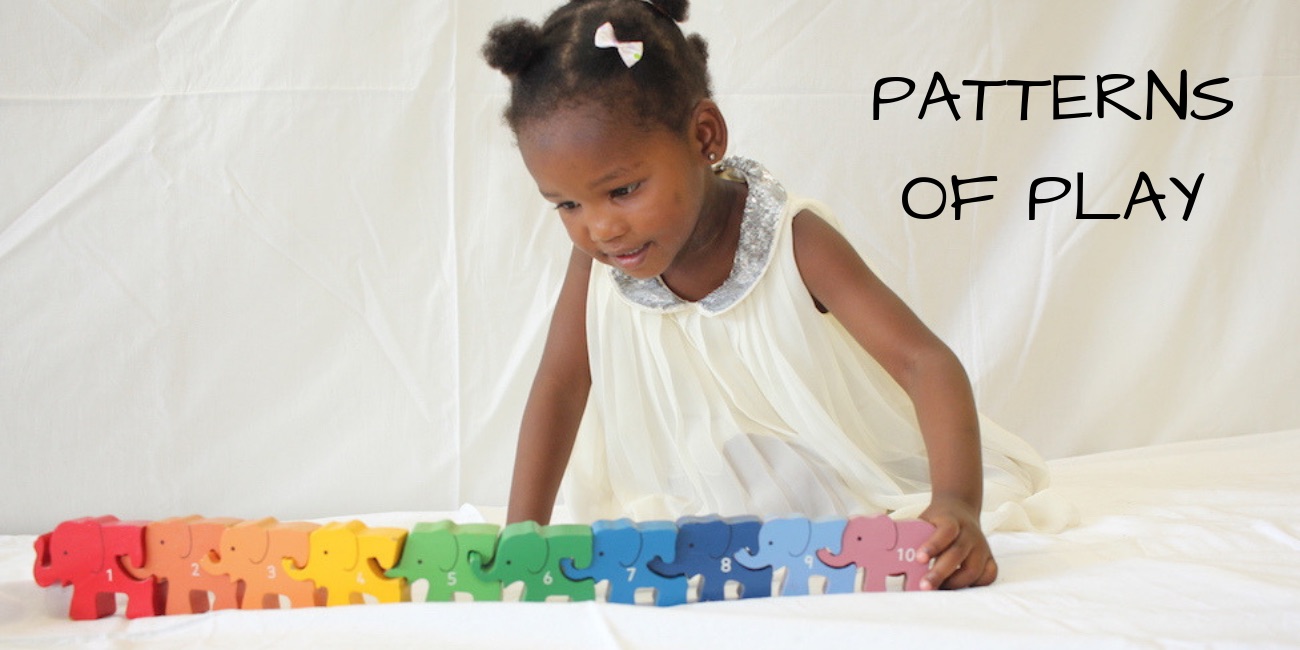We were delighted to see so many happy faces for our first classes of term. Our sessions are full and we are excited to see your little ones thrive!
My heart swells when I see the second generation of babies following in the footsteps of their brothers and sisters and joining our classes. So many faces that are new yet familiar. We also have many new families joining us with their precious little ones. Thank you all for being part of our community.
We’ll be updating you on the theory behind the sessions and welcome any questions you may have on your child’s development.
The Positioning Schema
Last week we looked at the ‘positioning schema’. Children exploring this area of development will be interested in organising, sorting and stacking. This is when routines become important and children express preferences for things to be in a certain order. They can also exhibit signs of stress when that order is disrupted.
The most obvious behaviour in the positioning schema is the lining up of toys. We see this so often with young children who might show a preference for lining up and positioning objects well into their school age. We had some lovely examples of positioning behaviours, especially in the Mini class!
One of the challenges the child experiences is a feeling of frustration if their positioning or routines are disrupted or misunderstood. We can better help children deal with feelings of frustration when we understand where those feelings come from.

Enclosing and Enveloping Schema
Week three will focus on both the enclosing and enveloping schemas as the behaviours seen in both these developmental pathways are very similar.
Enveloping is a preference for hiding, wrapping themselves up in curtains, bedding or other materials. It’s a schema that is commonly seen when children want to feel security or comfort; if they are tired or overstimulated.
Enclosing is a need to put boundaries around themselves or objects. That may be clearly creating a play space for themselves, building walls and fences around their toys or barricading them into cupboards. As children get older, we see them put borders around their art work or writing.
Toys and Activities
Pop up play tunnels and houses are a great addition to any play space. Building a quiet nook for children to retreat to when they need to will meet their need to feel enclosed and secure if they are tired or overstimulated. Soft fabrics, a blanket (even in this heat!) or pieces of material can be offered for young children to experiment and play with.
Dressing up is often believed to be connected to the enveloping schema. Costumes don’t have to be elaborate, some simple props and scarves can transform your little one into a character of their imagination.



I loved little hideaway spaces when I was little, and I see my 3yr old occasionally benefiting from them too. The day before the packers arrived to move us, I spent the day preparing and starting to pack. At one point, I realised I had no idea where my daughter was. I eventually found her having some peaceful time out, lying quietly under her bed.